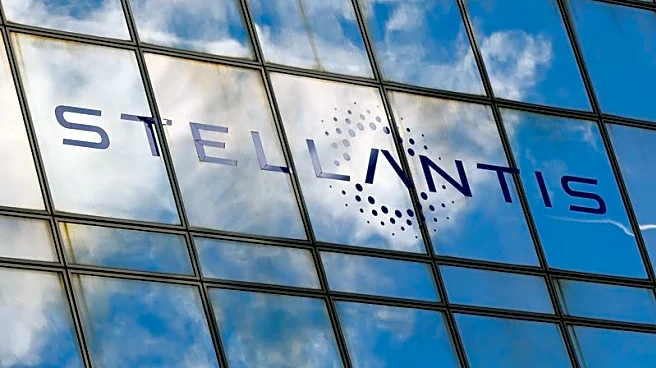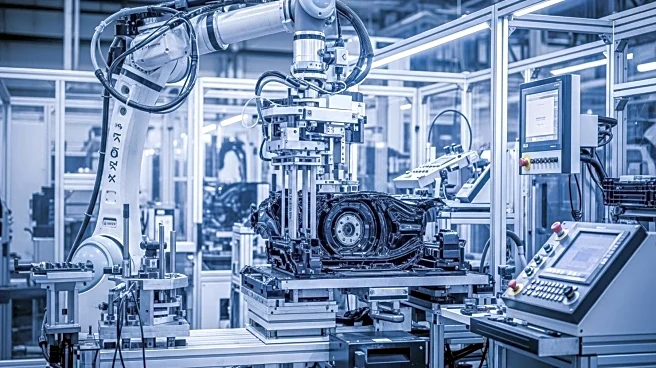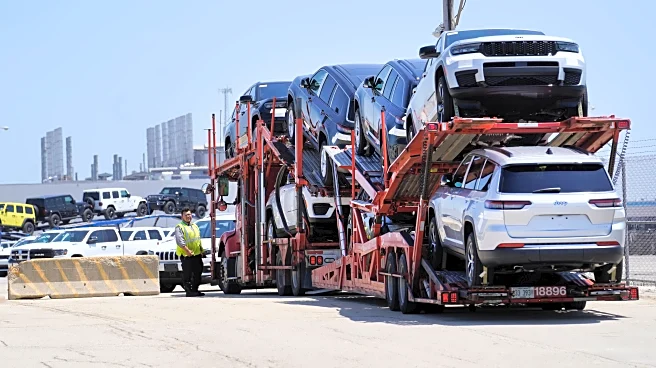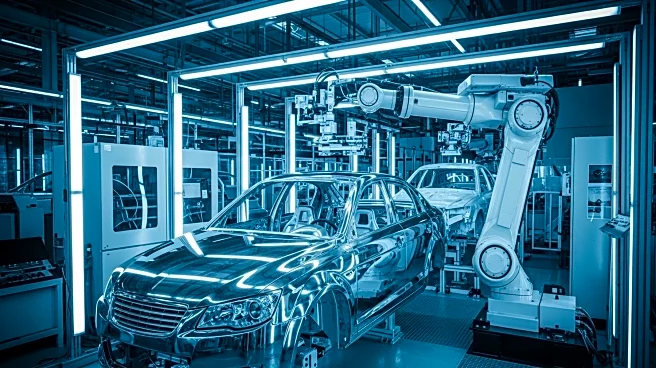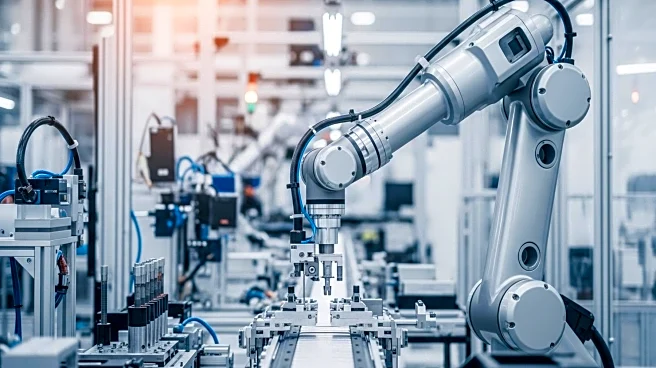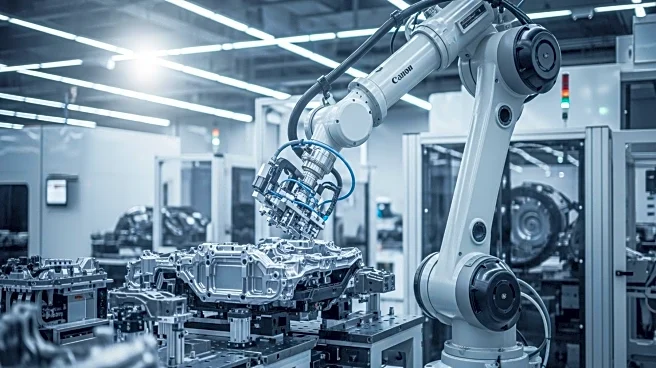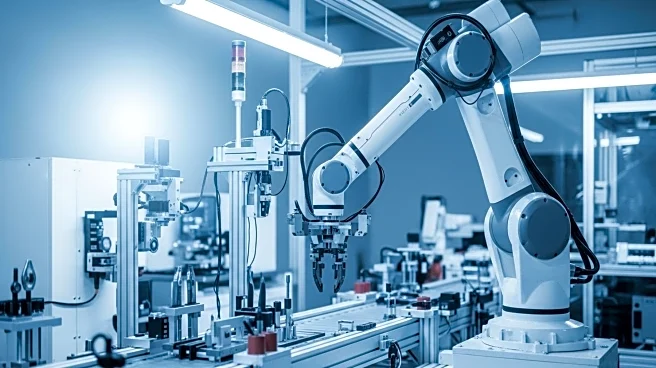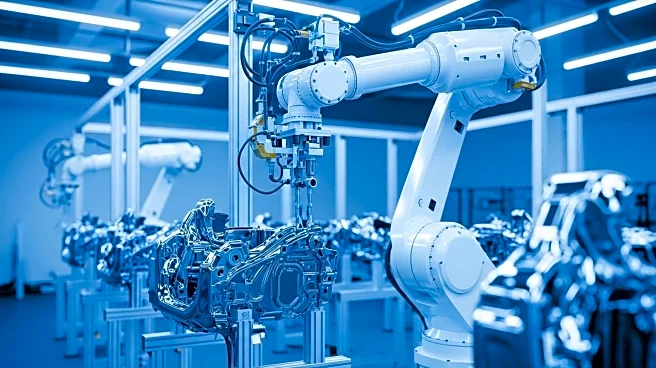What's Happening?
Stellantis has announced a significant investment of over $600 million to reopen its Belvidere plant in Illinois, which was previously idled. This move is part of a larger $13 billion investment across four Midwest states aimed at increasing U.S. production
by 50% over the next four years. The Belvidere plant will focus on producing the Jeep Cherokee and Compass, with production expected to start in 2027. This initiative is projected to create approximately 3,300 new jobs. The investment marks the largest in Stellantis' history and is intended to strengthen its manufacturing footprint in the U.S.
Why It's Important?
The reopening of the Belvidere plant is a significant boost for the local economy and the U.S. automotive industry. It reflects Stellantis' commitment to expanding its manufacturing operations domestically, which could lead to increased job opportunities and economic growth in the region. The investment aligns with broader efforts to stimulate domestic manufacturing, potentially reducing reliance on imports and enhancing the competitiveness of U.S.-made vehicles. The move also highlights the impact of tariff policies aimed at encouraging domestic production, as noted by the UAW.
What's Next?
Stellantis plans to continue its expansion with additional investments in other states, including Michigan, Indiana, and Ohio. The company is also set to build new vehicle lines and engines, further increasing its production capacity. The Department of Commerce and Economic Opportunity is working on finalizing an incentive package to support the reopening of the Belvidere facility. As Stellantis ramps up its operations, stakeholders will be watching closely to see how these developments affect the broader automotive market and employment landscape.
Beyond the Headlines
The decision to reopen the Belvidere plant comes after Stellantis initially planned to move operations out of the country. This shift underscores the influence of trade policies and economic incentives in shaping corporate strategies. The focus on domestic production may also have long-term implications for supply chain dynamics and the future of American manufacturing.





